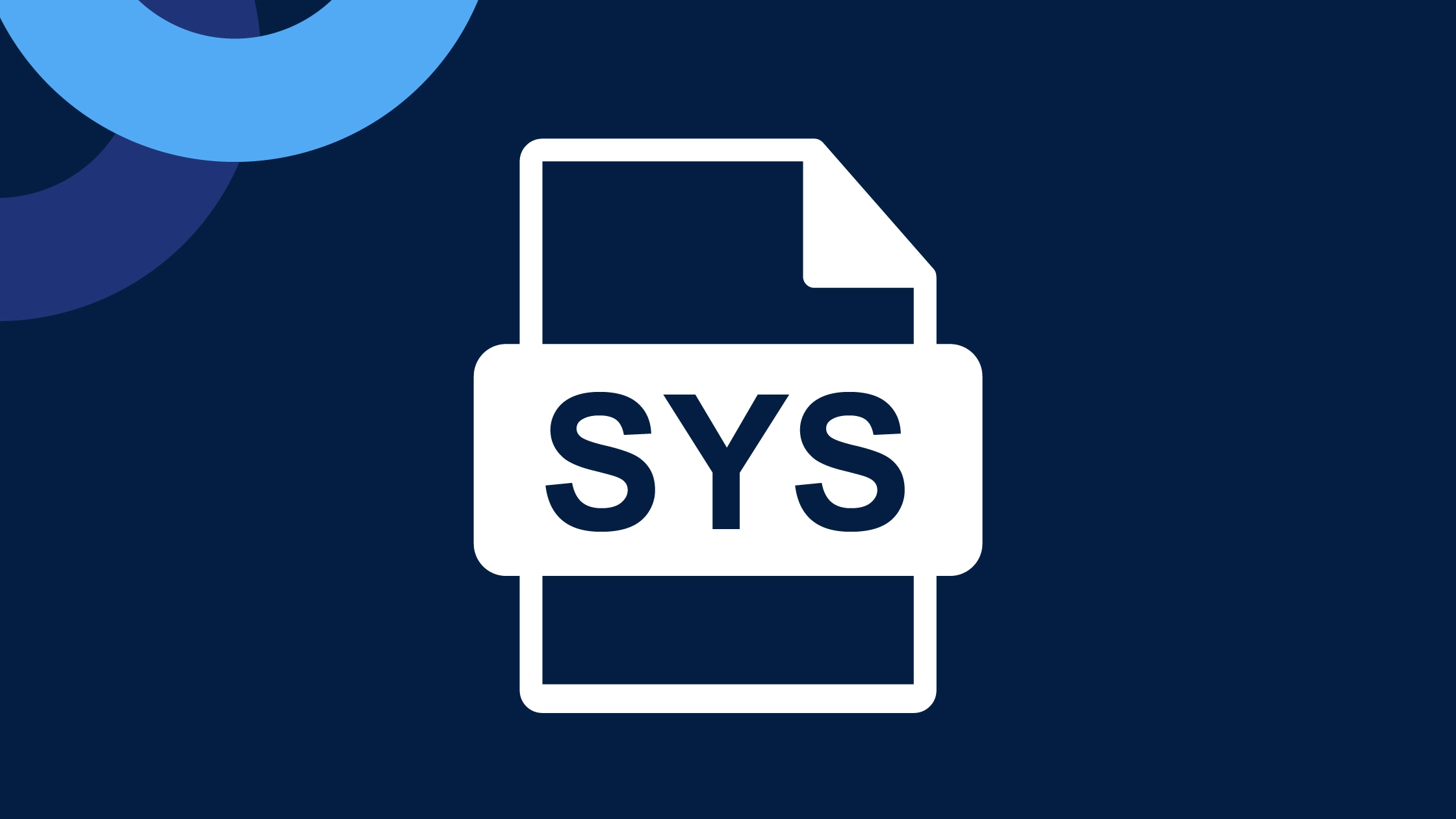What are Hibernation Files?
They contain information that may no longer exist on physical drives. It may include recent processes, malware analysis, a list of open apps, information regarding open apps, internet history, media such as videos, photos, passwords, geolocation information, and timestamps.
For example, if a Telegram Desktop app was opened at the time of hibernation, its data will be included in a hibernation file. This file is of great value because the Telegram Desktop app does not store any data on the computer drive, so you cannot extract directly from it.
By analyzing hibernation files, you can gain access to data that was unencrypted at the time when a computer went into hibernation.
Importing and Analyzing Hibernation Files with Oxygen Forensic® KeyScout
Starting with Oxygen Forensic® Detective v.15.5, you can analyze the contents of hibernation files with Oxygen Forensic® KeyScout. Learn more about KeyScout.
There are several ways of doing it:
- Import and analysis of computer images containing hibernation files
- Connection and analysis of external drives containing hibernation files
- Direct import and analysis of hibernation files
In the first two cases, hibernation files will be found and analyzed automatically.
If you need to import and analyze only a hibernation file, you can do it on the Sources tab.


